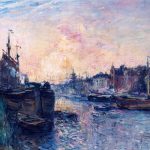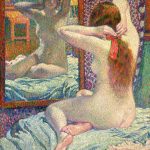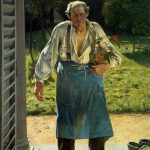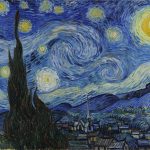Guillaume Van Strydonck (1861–1937) was a Belgian painter renowned for his transition from realism to impressionism throughout his career. Born in Namsos, Norway, where his father was working for a company from Bruges, Van Strydonck moved back to Belgium shortly after his birth. His early exposure to art began at the age of twelve under the tutelage of Edouard Agneessens. His formal education in art took place at the Koninklijke Academie voor Schone Kunsten in Brussels from 1876 to 1884, where he studied under Jean-François Portaels and developed friendships with fellow artists James Ensor and the sculptor Guillaume Charlier.
Van Strydonck’s early works were marked by a realistic style, encompassing portraits, landscapes, genre scenes, historical scenes, and still lifes. However, his technique evolved over time, adopting a more pronounced impressionistic approach. He is also noted as a precursor of Belgian Luminism, a variant of impressionism focusing on light and color.
His recognition as an artist was solidified early on with awards such as the 3rd Prize at the Prix de Rome in 1883 and the Gilles-Lambert Godecharle Prize in 1884. He was one of the founding members of “Les XX,” a group of avant-garde artists established in 1883 that sought to promote new art forms.
Van Strydonck’s travels greatly influenced his work; after a trip to Florida in 1886, he spent time painting in Mechelen and Blankenberge, Belgium, where he interacted with artists like Jan Toorop and William Degouve de Nuncques. His journey extended to India from 1891 to 1896, after which he returned to Belgium, settling in Weert aan de Schelde, where the Belgian landscape became his primary subject matter.
He dedicated a significant part of his career to education, teaching at the Academy in Brussels from 1900 until 1931. Van Strydonck’s contributions to Belgian art are remembered for their vivid portrayal of landscapes and figures, marked by a delicate transition from realism to the softer tones and light of impressionism





